Power sector in Cambodia primed for unprecedented growth
BMI’s David Thoo discusses Cambodia’s energy market growth and energy transition challenges amidst the dominance of conventional thermal power.
Cambodia’s power market is poised for substantial growth in the next decade, with conventional thermal power maintaining its stronghold, according to a recent report by BMI.
In an exclusive interview with Asian Power, David Thoo, BMI’s analyst for power and low carbon energy, explained the power sector dynamics in Cambodia, the significant surge in consumption, and the challenges in achieving energy transition goals.
“Within the dynamic landscape of Cambodia’s power market, the trajectory is clear: policies in motion, collaboration in play, and projects on the rise,” Thoo began to explain.
Evidently, the enactment of policies such as power development plans, regional cooperation efforts, and power project commissioning are all aligned with the energy sector’s growth in order to answer market demand.
“We expect a strong expansion of Cambodia’s power market in the coming years, driven by a surge in power consumption, particularly from the energy-intensive secondary industry,” Thoo said.
As extensively detailed in the BMI report, this growing power demand has led to an increased need for new power projects, indicating a positive outlook for the power sector’s growth in Cambodia.
“This stage is set for an energy evolution where growth is not just a projection, but a palpable reality,” Thoo said.
The report also shed light on the coexistence of conventional thermal and renewable energy (RE) sources in Cambodia’s energy transition.
Thoo emphasised the challenges of striking a balance between reducing emissions and ensuring energy security whilst the economy expands. “Cambodia faces the complex task of maintaining energy security whilst also working towards low carbon energy ambitions,” he said.
Currently, coal power projects dominate Cambodia’s project pipeline, with an estimated capacity of 3.5 gigawatts, including projects that have experienced delays.
This starkly contrasts with the pipeline for hydropower, solar, and wind projects, which collectively amounts to only 0.5 gigawatts. Thoo suggested that the government’s current focus is on securing energy for the next decade, with a gradual shift toward renewables to achieve the 2050 carbon neutrality target.
Discussing Cambodia’s power development plan for 2022 to 2040, Thoo outlined key features and targets. The plan estimates a requirement of over $9.2 billion to expand the power sector, with a significant portion already allocated to ongoing projects up to 2025.
The remaining funds are earmarked for renewable power projects starting from 2032. Thoo saw this plan as a means to attract more investment into the sector, potentially opening doors for foreign companies.
Furthermore, the government aims to increase coal power capacity to over two gigawatts by 2030, reflecting its focus on energy security for the next decade.
Whilst the Cambodian government’s targets and progress are commendable, Thoo acknowledged challenges on the horizon.
Balancing emissions reduction with energy security remains a paramount concern. The country's increasing reliance on electricity imports from neighboring markets poses a potential energy security risk, accounting for over 30% of power demand in 2022.
Amidst commendable strides and targets, Cambodia’s trajectory is clear, yet not without its complex junctures, as the BMI report had pointed out.
“Balancing emissions reduction with energy security is an evolving challenge,” Thoo said. “This confluence of ambition and caution defines Cambodia’s journey towards energy resilience.”
To stay updated on the latest developments in Asia’s power sector, visit asian-power.com

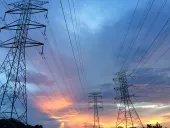
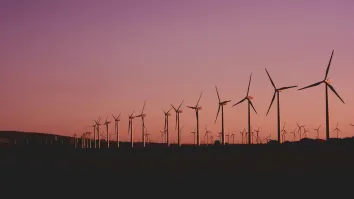

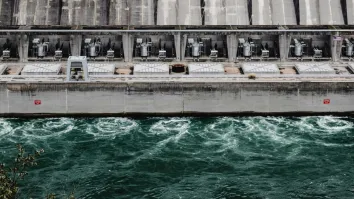
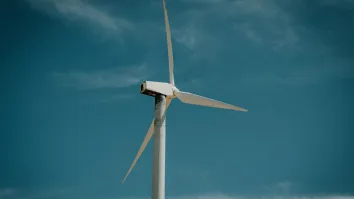
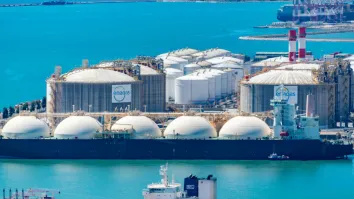












 Advertise
Advertise







Commentary
How pump retrofits boost profitability and efficiency in ageing power plants